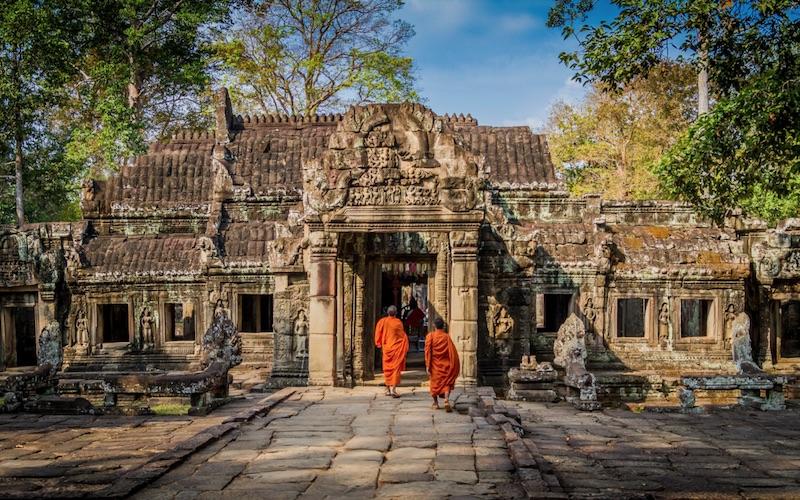Backpacking Cambodia is an authentic South East Asian treat which will greet you with an abundance of temples, beaches and rainforests. It’s one of my all time time destinations in the World, and this month, I’m backpacking Cambodia…with my mom! Here are my top tips…
Backpacking Cambodia – The Best Time to go
Cambodia is located in Southeast Asia in the southern portion of the Indochina peninsula. It is bordered by Laos to the northeast, Thailand to the northwest, the Gulf of Thailand to the southwest and Vietnam to the east. The best time to visit Cambodia is between November and April, when it sees very little rain. Throughout this time, you will see perfect blue skies creating a nice time to relish a relaxing retreat on the southern coast.
Outside of this period, humidity increases, and the rains come. However, you shouldn’t be deterred from travelling – the countryside is lush, rivers are full and flowing, and the temples are quiet. This is the ideal time to visit some of the outer-lying temples, which will normally be deserted. Towards the end of summer, the true wonder of Cambodia comes to life – Tonle Sap, home to Cambodia’s floating villages and largest freshwater lake in Southeast Asia.
Planning a Cambodia Itinerary
I have written an extensive article on how to plan your Cambodia Itinerary. It is very much dependent on how many days you have to spend. People with a short time in Cambodia such as 4-6 days will focus on Phnom Penh and Siem Reap. If you have a week to 10 days you can look at adding in Battambang one of the islands or beaches such as Koh Rong. If you have two weeks to spend in Cambodia you will be able to add Kampot and Kep especially if you don’t mind a busy itinerary.
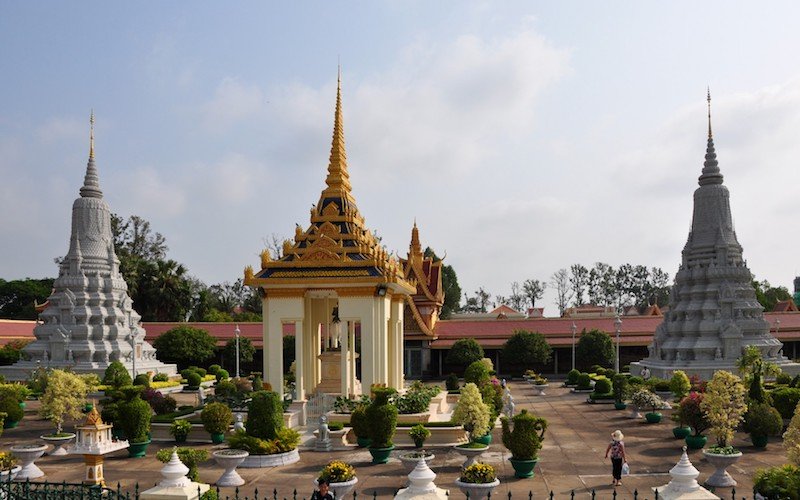
Getting a Tourist Visa for Cambodia
Please note – I’m talking about getting a Cambodian visa with a British passport – the situation may differ for other nationals, so please check with your government and/or embassy.
Tourist visas can be obtained for entry to Cambodia and the basic tourist visa covers single entry for up to 30 days (there are alternatives available for those who need to stay longer). There are two main ways that you can get your Cambodia Tourist visa. The first is on arrival and the second is getting an e-visa in advance. I’ve done both ways and both are simple.
The first is to buy a tourist visa on entry ($30). The process is simple and there is no need for a passport photo as of 2019. You simply follow the arrow for visa on arrival, give them your passport, fill in a form and pay the fee and then collect your passport with visa from the last counter.
The process is quite simple and straightforward, but there can be queues depending on your time of arrival. It was quiet for us, but we did arrive on boxing day after taking a flight on Christmas day.
The other way to get your visa is by getting an e-visa online in advance. You pay an extra $6 for the privilege and peace of mind of having it ready before entry and skipping the visa queues. However, be sure not to make a mistake when filling in the paperwork otherwise it will be invalid and you will need to buy another one. You need a digital photo (formal selfie without hat or sunglasses is ok) and your travel and passport details to apply online. If you decide to go for the e-visa make sure that you do it through the official Cambodian e visa government website. Also, check the length of time that the visa is valid – don’t book it too far in advance, but don’t leave it closer than 3 days before you are due to travel.
Backpacking Cambodia – Money Tips
Cambodia uses USD as the unofficial currency. There’s no real need to carry the local currency, Cambodian Riels (KHR), unless you are paying for really small things on the street, but for the most part, use USD. If you do feel the need to carry some KHR, it is advised to take dollars and exchange to Cambodian currency when you are there.
The weird thing is that sometimes you will pay using dollars and receive change in both dollars and Riels which takes some getting used to! Basically, change from dollars is usually given in dollars, but change less than a dollar will be given in Riels as they only really use notes and not coins. The best advice I can give is to go armed with an abundance of crisp $1 bills.
Cambodia is one of the top cheap places to travel in Asia. If you’re going backpacking in Cambodia, you’ll spend around $25 USD a day. This will get you a dorm room (or even a private hostel room in some cases if you lower your other costs), food from the street stalls, a few drinks a day, a few day tours and local transportation around the country. If you’re visiting Angkor Wat, factor in the fact that the entry fee is $40 USD. If you live in dorms, you could travel for much less. The more you spend, the nicer things will be!
Food is very cheap in Cambodia – even cheaper than Thailand. Local street vendors cost around $1-2 USD a meal, and plain restaurant meals will be between $3-5 USD. Western meals at high end restaurants are about $5-15 USD a person. If you’d like to spend a bit more, you could get some world-class food in Phnom Phen for around $8-10 USD.
If you plan on buying your own groceries expect to pay between $20-25 USD per week, depending on your diet. Stick to local markets for the cheapest produce. Bottled water costs $1, but an easy trick is to buy a water bottle with a purifier, which will come particularly in handy in Cambodia since you can’t drink the tap water. Save money and thousands of plastic bottles and get a bottle that can purify the tap water for you such as a Lifestraw.
Backpacking Cambodia – Transport
Buses and Minibuses
The cheapest and easiest way to travel is by bus. A bus will take you anywhere and everywhere you like, no matter the distance. In Cambodia, there is a very well-established bus system for tourists. Bus rides from Phnom Penh to Siem Reap start at 10 USD one way, while Phnom Penh to Sihanoukville start from 10 USD. Routes such as Siem Reap to Sihanoukville, are slightly more expensive at $15 USD and may go up as much as $35 USD.
Tuk-tuks and Taxis
Tuk-tuks will require a bit of haggling and cost more than local transportation. They are generally double or triple the cost of local transportation. They start very high and you work your way down towards something you are agreeable to pay.
Shared taxis for long distance travel are a good idea if you have a group of 3-4 people. However, be prepared for lower safety standards than in the US and UK – working seatbelts are a rarity. If you don’t want to worry about haggling and paying in cash, you can download the GRAB app on your smartphone – Asia’s version on UBER. This will allow you to pre pay by card and know what you should paying and what route you should be taking.
Trains
There is a single train that runs from Poipet to Phnom Penh every second day and has stops in Battambang Pursat. Tickets cost $5-7. Trains also run to several cities on the South coast including Kampot and Sihanoukville. Whilst trains serve the South of the Country well and are a safe travel option in Cambodia, buses are more generally used by tourists. The trains often stop in the middle of no-where for unknown periods of time, adding unnecessary time to the journey.
Boat
You can take a boat between Phnom Penh and Siem Reap, and Siem Reap and Battambang. This isn’t the most efficient or cost-effective way to travel but the 6-hour ferry ride from Siem Reap to Phnom Penh starts at just $7 USD, and $6 USD between Siem Reap and Battambang and is very scenic. Be aware though, that sometimes the boats aren’t up to high standards. Check that the company you book with has lifeboats, lifejackets and limits the number of passengers.
Backpacking Cambodia – Best Places to go in Cambodia
Siem Reap
Deep inside the forests of the Siem Reap province, the sophisticated points of an ancient stone city soar above the sprawling complex of Angkor Archaeological Park. The Khmer Empire’s numerous capitals thrived here from the 9th to 15th centuries, while their rulers officiated over an empire that stretched from Burma to Vietnam. Including forested areas and newly discovered suburbs, Angkor covers more than 400 square kilometres.
Angkor Wat temples – These temple ruins are massive, and you’ll need a few days to satisfying your inner Tomb Raider and explore these ruins. If you’re not into history, then just purchase a single-day ticket ($37). Others may want to contemplate the 3-day ticket ($72), that also offers a slight discount.
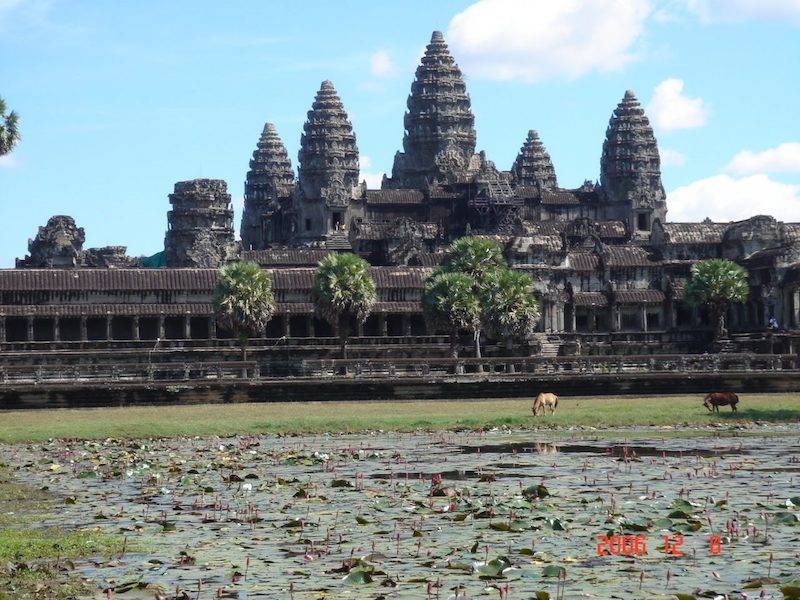
Angkor is about water and about stone and the site claims a huge system of artificial dikes, canals and reservoirs, the largest (West Baray) is 5 miles long and 1.5 miles wide. These insane feats of manufacturing form a vital part of an overall site design which remains faithful to the religious symbolism. For example, moats simulate the oceans surrounding Mount Meru, which is the home of Hindu gods.
But these huge pieces of work also served a practical resolution by competently harnessing rainwater and river to quench the thirst of around 750,000 residents in the world’s biggest preindustrial city. That water also flooded wealth-producing crops such as rice, which assisted the Khmer as currency.
Phnom Penh
As the capital of Cambodia, this place has a wild west ambiance with dusty streets and a cool atmosphere. However, you can’t mention Cambodia without people drawing a connection to the country’s bloody genocidal past. While a visit to the Killing Fields, situated 10 miles from Phnom Penh, won’t be the most cheery way to spend the afternoon, it makes for a memorable experience and it’s a testament to the dangers of uncontested power. Admission is only $5 USD
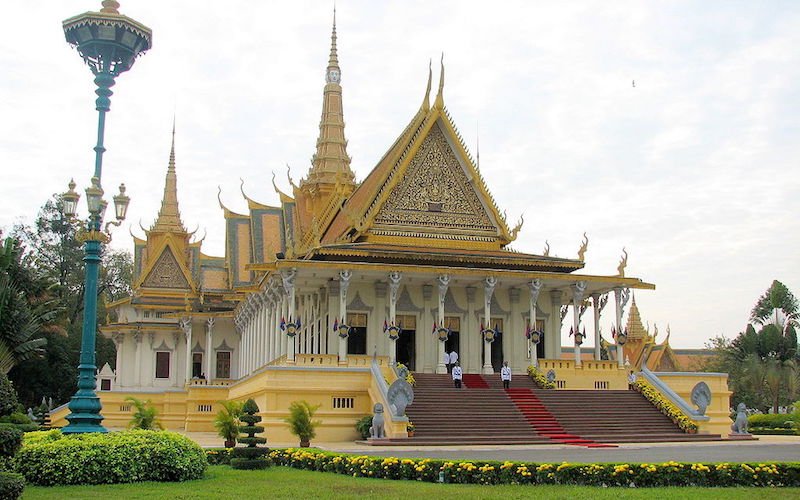
Battambang
Although it is Cambodia’s second biggest city, time somewhat stands still when visitors arrive in Battambang. In comparison with the tourist hubs of Phnom Penh and Siem Reap, there are some visitors and the city, quite like a small town, has continued to retain its Cambodian charm.
Here you’ll find great temples, a Bamboo train, and stunning architecture. It’s Cambodia without the tourism — for now! Try taking a river boat back to Phnom Phen or Siem Reap for a unique experience (tickets are usually around $20 USD per person).
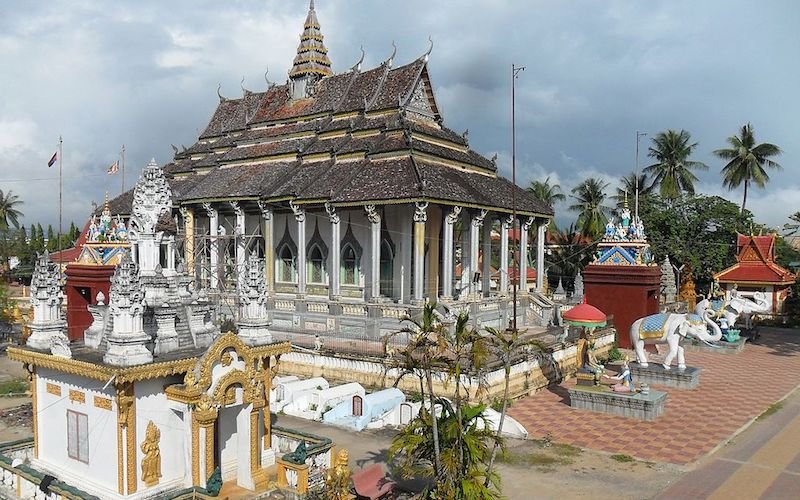
Koh Rong
White sand beaches, nearby deserted islands, great diving, seafood, and good bars make this spot a favourite among travellers. It’s a good place to enjoy beaches or use as a base to visit the nearby islands, which are quiet and serene.
There are numerous spectacular tourist places on Koh Rong. The main traveller beach (Koh Touch) has a lively party atmosphere, with lots of bars, hotels and night clubs. The quiet, less-busier beaches (e.g. Lonely Beach, Long Set Beach and Palm Beach) are more soothing destinations. The territory on Koh Rong is mainly hilly, with a 316m mountain in the north-west. Most of the island’s inner is concealed in jungle forestry, with numerous waterfalls, bays and sandstone rock formations totalling to the pleasing scenery.
Exposed to the weather and open sea, the south side of Koh Rong is particularly beautiful, while the east side is characterized by smooth hills that gently slope towards the crescent-shaped beaches, inlets, and bays.
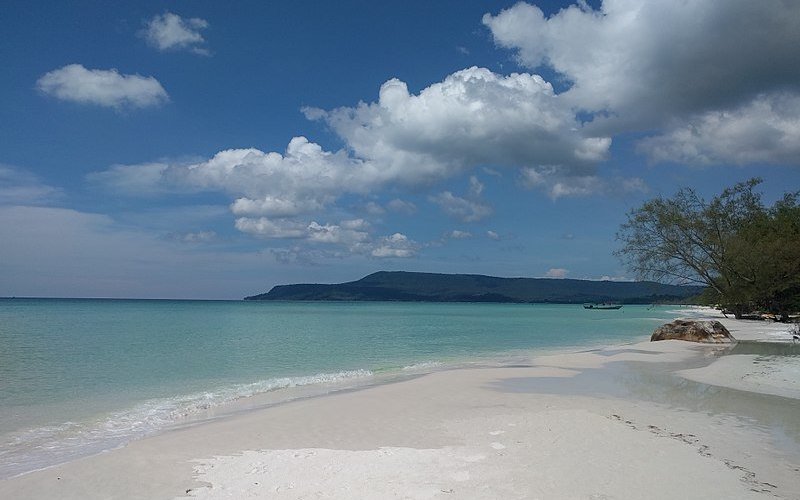
Avoid Sihanoukville as it’s now been completely built up with Chinese Casinos and the beaches are polluted and full of rubbish. Just use Sihanoukville as a stop off to get to the islands.
Tonle Sap
Cruising down this river lets you take a look at how close Cambodian life is tied to this key waterway. You may take a boat from one end to the other or just sail around on a single day trip. Tours start around $3 USD per person.
Kampot
Located on the Preaek Tuek Chhu River in Cambodia, Kampot is a laid back city famous for its pepper plantations and Colonial style houses. It’s popular with backpackers due to the riverside beaches and cafes. Kampot is just over three hours drive from Phnom Penh and so it makes a nice break from the capital and a good add on to any Cambodia Itinerary.
Kep
Around 45 minutes East along the coastal road from Kampot is Kep, another popular backpackers idyllic town. The sleepy town of Kep was founded as a resort for the French in 1908 and is a popular destination for seafood, relaxation and visiting the national park. It’s more chilled out than the party scene of Sihanoukville and the islands, and is a great place to take kids.
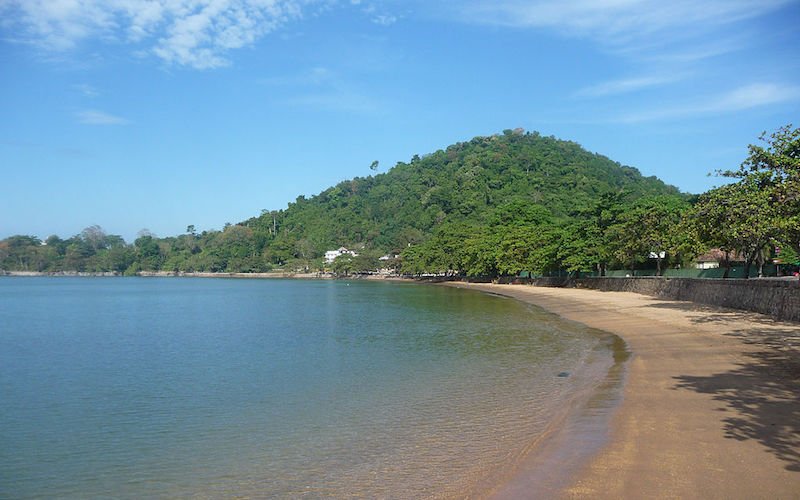
Backpacking Cambodia – Top Travel Tips
- Get an e-visa in advance if you would like to skip the queues and stress at the airport.
- Carry plenty of small value dollar notes – $1 – these should be crisp for border crossings.
- Carry a lifestraw water bottle to filter water.
- Download the GRAB app for ordering taxis.
- Pack sunscreen and bug spray.
- Take a scarf that you can use to cover your shoulders for entering temples.
- Take flip flops or sandals that you can easily slip on and off when you are visiting Buddhist temples.
- Buddhist temple etiquette – don’t point your feet to Buddha, take selfies with Buddha or enter Buddhist temples intoxicated.
- Don’t put loo roll down the loo as it will block the Cambodia drainage systems. Put it in the waste basket or use the ‘bum gun’ to wash yourself clean the Asian way.
What to Pack for Southeast Asia
To help you pack for your trip to Southeast Asia, the below list of must-have items can be really useful.
First of all, you need a plug converter. Absolutely essential wherever you travel.
To avoid pickpockets, we recommend bringing with you a theft-proof backpack, or a crossbody bag, and a money bag.
It is also a good idea to get a hanging toiletry bag, which is a fantastic way to keep all your belongings organized; and a practical rolling suitcase like the one below by Samsonite in lightweight polycarbonate.

In order to stay healthy while travelling, activated charcoal helps with stomach distress absorbing toxins that may be in your system; and natural jet-lag remedy pills help you sleeping while boosting your immunity and can avoid you to ruin precious days of sightseeing.
For all the ladies, it can be a great idea to get a maxi dress: very versatile as it can be worn at any time of the day and it is ideal to go to temples too.

A scarf that you can put on your shoulders as well as on your head while visiting a sacred place.
Last, sunglasses and sunscreen are also vital to protect you from UV radiation that can be pretty intense in Southeast Asia.

